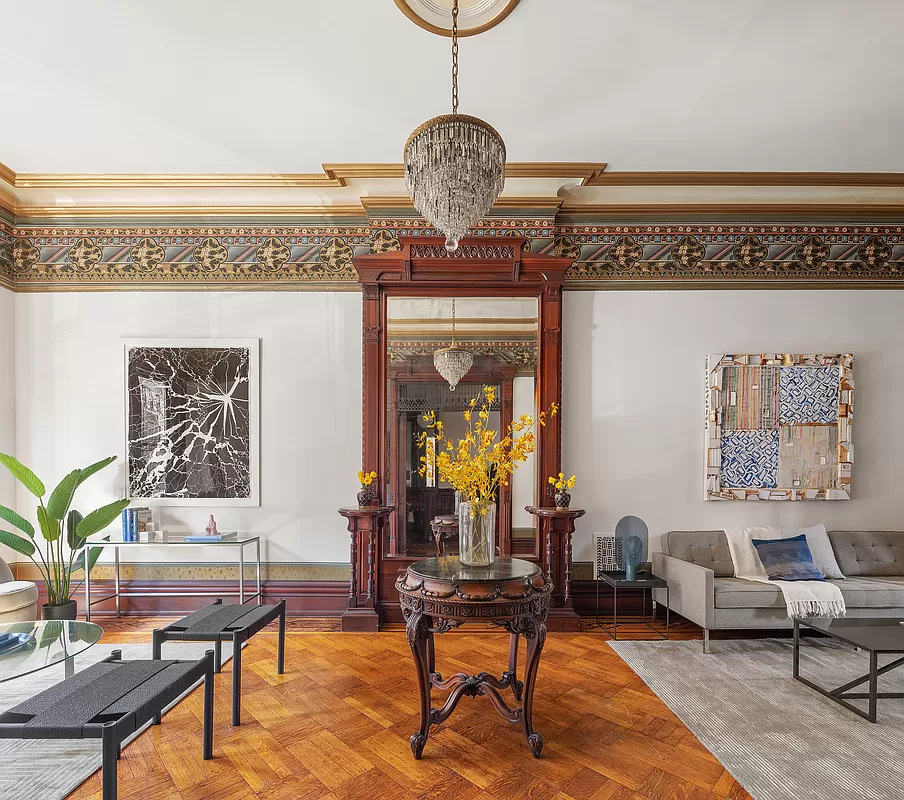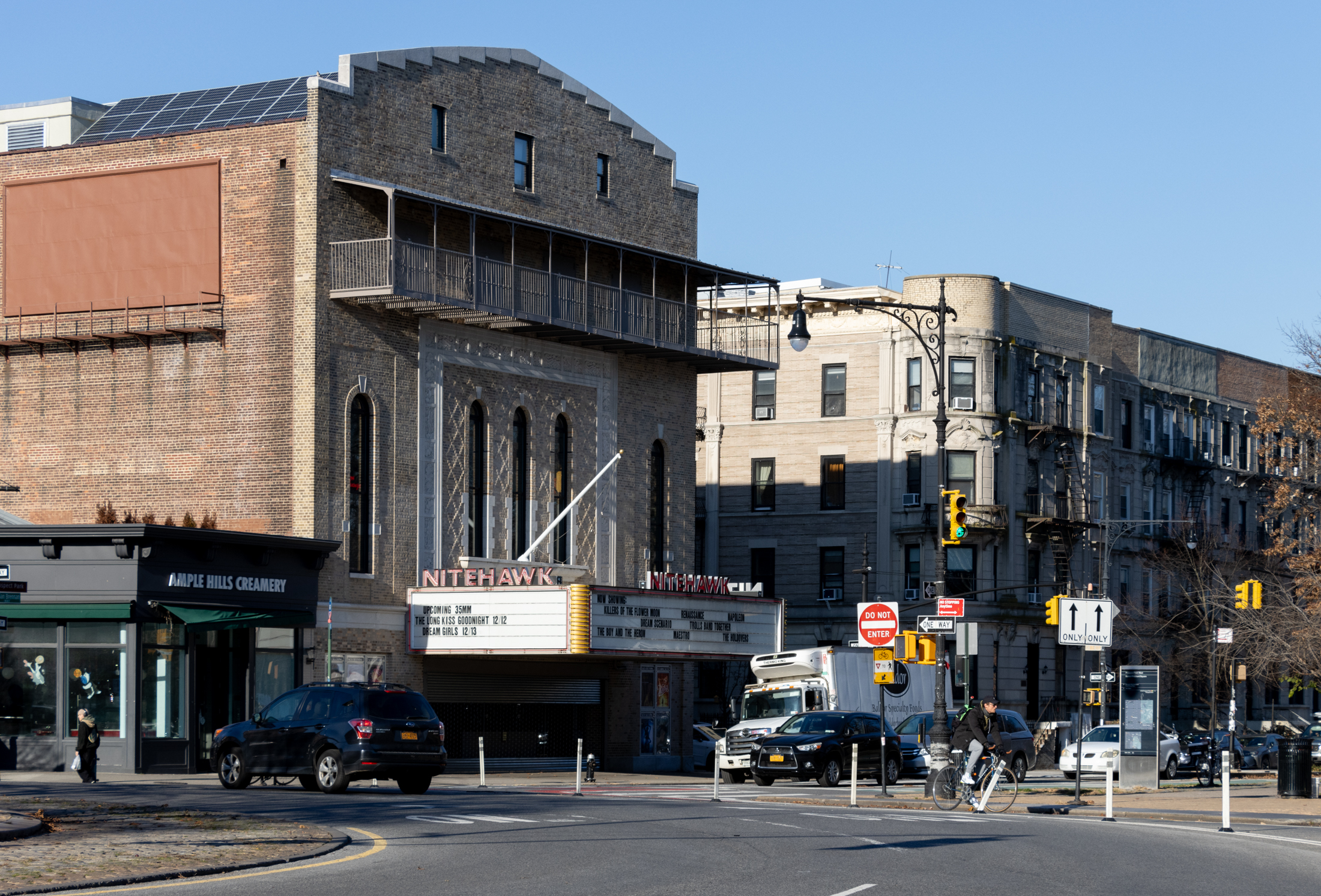Building of the Day: 838 Carroll Street
Brooklyn, one building at a time. Name: Former James H. Remington House Address: 838 Carroll Street Cross Streets: 8th Avenue and Prospect Park West Neighborhood: Park Slope Year Built: 1887 Architectural Style: Romanesque Revival Architect: C.P.H. Gilbert Other works by architect: Most of the houses on nearby Montgomery Place; many on this block of Carroll,…

Brooklyn, one building at a time.
Name: Former James H. Remington House
Address: 838 Carroll Street
Cross Streets: 8th Avenue and Prospect Park West
Neighborhood: Park Slope
Year Built: 1887
Architectural Style: Romanesque Revival
Architect: C.P.H. Gilbert
Other works by architect: Most of the houses on nearby Montgomery Place; many on this block of Carroll, including Adams House across street. In Manhattan, large chateaux on 5th Avenue and elsewhere
Landmarked: Yes, part of Park Slope HD (1973)
The story: Today, we often overlook this house because it’s not as visually stunning as the Adams house across the street. Both were designed by one of the greats: Charles Pierrepont Henry Gilbert. His career in New York had two phases, an earlier one here in Brooklyn and a later career in Manhattan, with very different kinds of architecture. He was trained at Columbia and at L’Ecole Des Beaux-Arts, and his houses in Brooklyn reflect his mastery of the Romanesque Revival. In the late 1880s, he was commissioned by Harvey Murdock to design most of the houses on Montgomery Place, and during this time he also received commissions for many of the houses here on Carroll Street. The Remington house was one of those commissions.
Many people assume that James Remington was in the arms and gun business. He was not that Remington. He was the scion of an old Rhode Island family which had bought its land from the Narragansett Indians and had been there ever since. His father was in politics and was a founder of the Republican Party. James was first in his class at Brown University, and when the Civil War erupted, enlisted with the 7th Rhode Island Volunteers. He was severely wounded at the Battle of Fredericksburg when his jaw was hit by a bullet, shattering it beyond the doctors’ abilities to properly restore it. He would suffer from the wound for the rest of his life.
He went into politics, like his father, but resigned from the state legislature to go back into the war. He became a captain, assigned to military hospitals and prison camps. During this time he studied law, and became a member of the Judge Advocate Corp. He was JA in at least one prominent court martial. After the war ended, he was in the right position to accept a post in the reconstruction of the South. His job was to aid people in a peacetime Virginia, getting them food and shelter, and to help and protect newly freedmen as they found themselves adrift post-slavery. He was in Virginia for over two years.
Remington came to Brooklyn in 1868, and he lived and practiced law here for the rest of his life. He married, had two children, and eventually was a partner in the firm of Ten Eyck and Remington. They specialized in tax, patent and real estate law. He was one of the earliest members of the New York Bar Association, and was president of the United States Law Association from 1888 to his death in 1899.
Remington commissioned this house from Gilbert at the same time as the architect was designing nine other houses on both Carroll and Montgomery. The Remington house is unique in that there is no brick on the façade. It is all ashlar-cut rock-face brownstone. The house sports a wonderful tower bay and a wide, sweeping front stairway that leads to a deeply recessed door, a Gilbert feature. It is also a comfortable and generous 32 feet wide.
The family, along with brother-in-law Charles Howard, lived here until an awful day in February of 1899, when James Remington unexpectedly took his own life. He had been ill, depressed, and his firm was about to lose a lawsuit, but no one thought that this would happen. He told his brother-in-law that he felt better, and was going into his Manhattan office. He then went into his study and shot himself in the temple. Death was more or less instantaneous. The funeral was held here at the home a few days later. He had been a member of many of Brooklyn’s elite clubs, as well as a member of Plymouth Church, and a friend of Henry Beecher. No one ever knew what had happened to cause him to end his life. The family sold the house a year later. Today, it is a four-family house. GMAP
(Photo: Nicholas Strini for PropertyShark, 2012)










What's Your Take? Leave a Comment